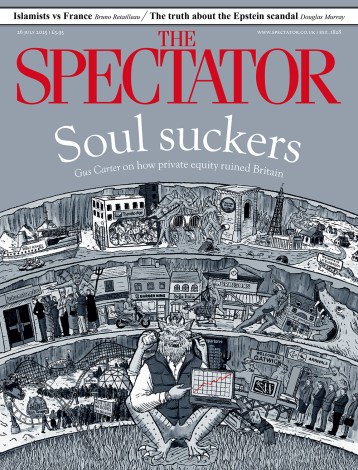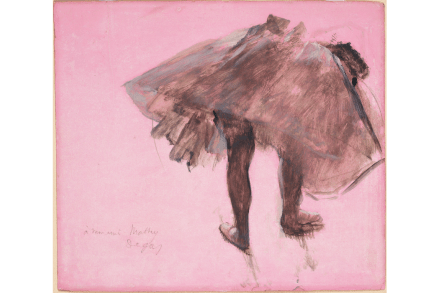The tragic fate of Ukraine’s avant-garde
In a recent interview Oleksandr Syrskyi, the new commander-in-chief of the Ukrainian army, said that he spends his time off reading books on the country’s ‘difficult history’. If even he finds it difficult, where do us non-Ukrainians start? In the introduction to its new exhibition, the Royal Academy makes a brave attempt at explaining the political background to Ukrainian modernism, developed in a brief window of creative opportunity before it was slammed shut by Soviet repression. To western eyes, though, it’s not immediately clear what distinguishes the 70 works on show – the majority on loan from Ukraine’s National Art Museum and Museum of Theatre, Music and Cinema – from


